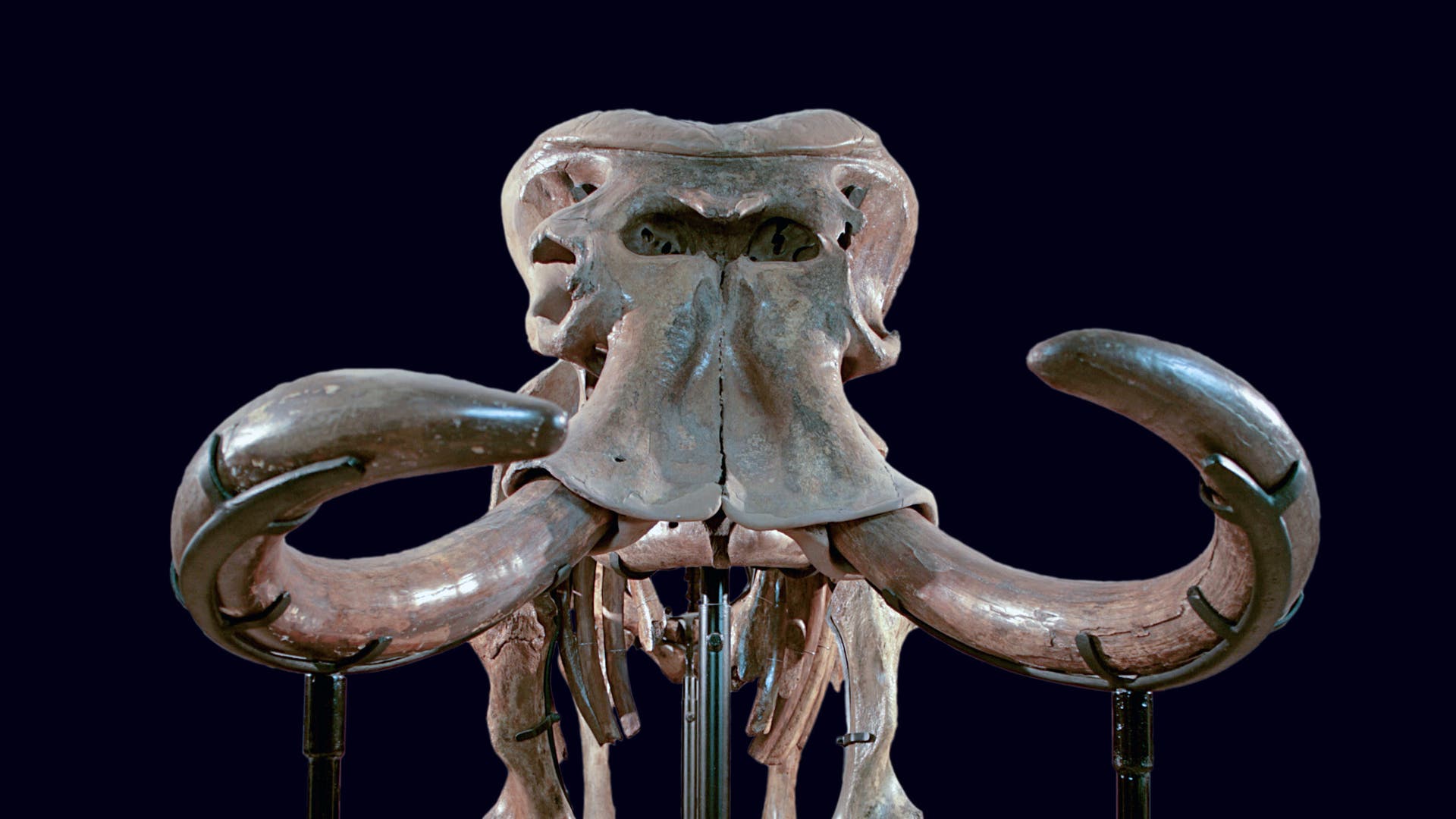Giant growth in the middle of the ocean
However, a completely different phenomenon appeared on several islands. Here the newcomer does not shrink, but, on the contrary, grows to an unusual size. Most of the time, “giant islands” can be found on small islands that are inaccessible to land mammals. Hundreds or even thousands of kilometers from the next continent often overtake species that are very good at flying, swimming, or very hardy – for example, small animals that survive several weeks of accidental sea voyages on rafts.
If you land on the edge of a deserted island, you enter a world full of new possibilities. In the course of evolution, they have repeatedly occupied ecological niches that mammals often claim elsewhere. On Phillip Island in the South Pacific, for example, scientists recently discovered the centipedes occupying the top spot in the food chain. With their venom, the arthropods, some of which are more than 30 cm long, kill the chicks of domesticated birds.
